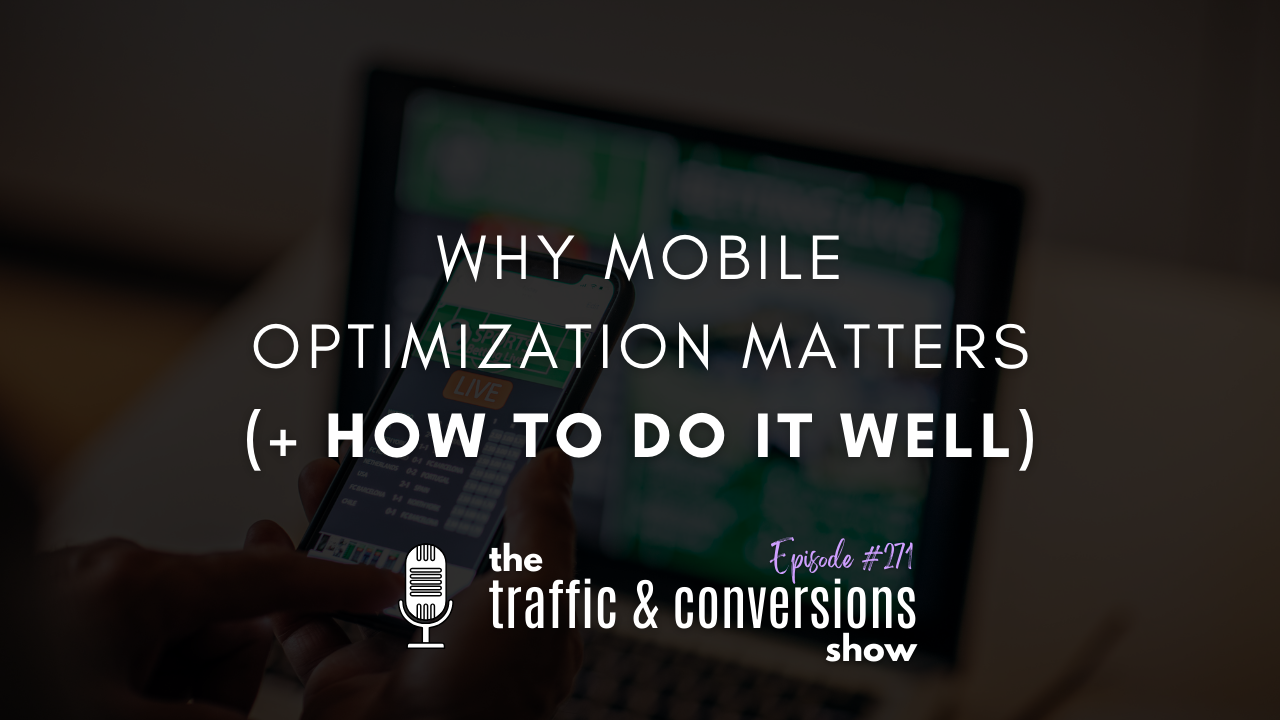In the ever-evolving landscape of the internet, the shift towards mobile devices has been nothing short of revolutionary. Today, more people access the internet through their smartphones than ever before, surpassing desktop usage globally. This shift in behavior has profound implications for businesses, making mobile optimization not just a desirable feature but an absolute necessity for success in the digital world.
The Significance of Mobile Optimization
Enhanced User Experience:
The cornerstone of mobile optimization lies in improving user experience. Picture this: you’re a budding e-commerce entrepreneur, and your online store lacks mobile optimization. Shoppers experience frustratingly slow load times and non-responsive design on their smartphones. The result? Abandoned shopping carts and lost sales opportunities. The same applies to course platforms; if your content isn’t mobile-friendly, learners may struggle, leading to a subpar user experience.
Google Search Rankings:
Google prioritizes mobile-friendly websites in its search results and so failure to optimize for mobile could mean missing out on valuable organic traffic. Whether you’re a content-focused entrepreneur or a product seller, neglecting mobile optimization hampers your visibility and connection with a broader audience.
Higher Conversion Rates:
Mobile optimization isn’t just about a sleek design; it directly impacts conversion rates. When users have a positive experience on your mobile site, they’re more likely to engage, make purchases, or take desired actions. Removing barriers on mobile ensures a smoother user journey, leading to increased conversions and business growth.
Getting Started with Mobile Optimization
1. Responsive Design: Implement a responsive web design that adapts to various screen sizes and orientations. This ensures your website looks and functions seamlessly on all devices, enhancing user satisfaction and positively impacting search engine performance.
2. Mobile-First Approach: Consider designing your website with a mobile-first mindset. Starting with mobile optimization and then scaling up to larger screens ensures an exceptional user experience on smaller screens, simplifying design and prioritizing essential content.
3. Page Speed Optimization: Mobile users demand fast-loading websites. Compress images, minify code, and leverage browser caching to ensure your site loads quickly. This not only improves user experience but also contributes to higher search engine rankings.
4. Touch-Friendly Design: Ensure buttons and links are large and well-spaced for easy tapping. Minimize the risk of unintentional clicks, creating a user-friendly experience that minimizes frustration and eliminates unintended actions.
5. Optimizing Images and Videos: Use compressed images and consider lazy loading for videos to prevent excessive data usage on mobile networks. Optimizing media is crucial for a smooth mobile experience, catering to users with limited data plans and contributing to faster page load times.
6. Mobile SEO: Pay attention to mobile-specific SEO practices, including optimizing meta tags, improving mobile page load times, and ensuring correct site indexing. Mobile SEO is vital for enhancing visibility and performance on mobile devices, maximizing your online presence.
Conclusion
In 2024, mobile optimization isn’t just a recommendation; it’s a crucial aspect of maintaining a competitive edge in the digital landscape. By prioritizing user experience, adhering to Google’s preferences, and focusing on higher conversion rates, your business can set itself on a path to success. The mobile era demands a proactive approach to website and landing page optimization, and by following these actionable tips, you can ensure your digital presence remains robust and user-friendly in the years to come.
Ready to learn more about how to apply these best practices for mobile optimization to your business? Send me a DM on Instagram @themichellefernandez to get started!
Let’s grow your business together!


